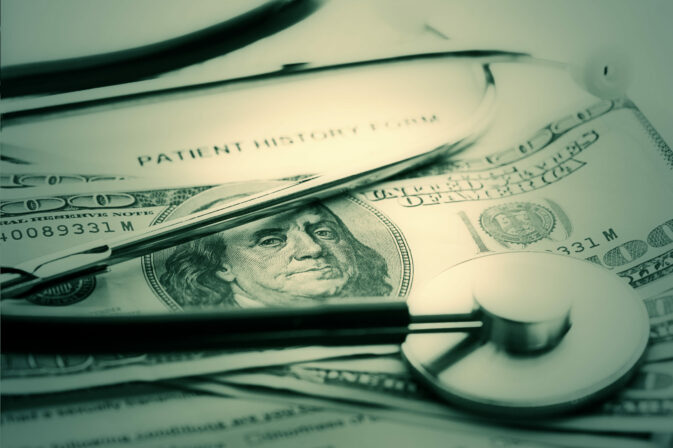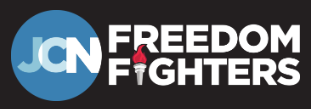Mary Tipton: New Congress can reduce prescription drug costs

The federal government recently announced the U.S. spent a total of $4.3 trillion on healthcare spending in 2021, nearly 20% of the national gross domestic product.
In an effort to address this astronomical cost, policymakers have mainly focused on one aspect of health care spending: prescription drugs, which Americans spent $378 billion on in 2021, 9% of total health expenditures. Sen. Bernie Sanders, I-Vermont, incoming chair of the Senate Health Committee, has promised to make reducing prescription drug costs a priority of the new Congress that begins on January 3.
I see the consequences of high prescription drug sticker prices firsthand as a physician. Every day I see my patients forced to make extreme budgeting decisions or even skip doses to afford their medications. Yet while the spotlight shines bright on costs, little attention is paid to the middlemen that are largely responsible.
To meaningfully reduce prescription drug pricing, the new Congress must focus its efforts on reining in these inflationary third parties that stand between patients and their medications. Consider the role played by pharmacy benefit managers, the intermediaries between drug manufacturers and health insurers. They exert enormous control over the prescription drug market while providing little to no value.
PBMs demand drug manufacturers pay enormous monetary kickbacks, known as rebates, in order to access health insurers’ formularies. Drugmakers must get on these insurer lists of covered drugs to get their products to market, and PBMs exploit this need for massive profits that get tacked on to underlying drug prices.
In 2021, total rebates amounted to $236 billion, more than half the size of total prescription drug spending. These rebates push up drug prices by around 50%. U.S. Rep. Buddy Carter, R-Georgia, a former pharmacist, recently published a report finding that middlemen take 69% of every dollar spent on branded drugs versus 31% for drug manufacturers.
What does this look like in practice? USA Today reports that a $425 box of insulin pens would cost only $86 if rebates were stripped out. A separate analysis concludes $298 of a $350 insulin list price is rebates. Unsurprisingly, when rebate dollars are stripped out of list prices, prescription drug net prices have actually declined over the past several years.
PBMs’ pay-to-play control also boosts medication prices by preventing less expensive alternatives, which have lower rebates, from reaching the market. For instance, PBMs have prevented a generic long-acting insulin, known as insulin glargine, from becoming wildly available despite its incredible potential for American diabetics.
PBMs aren’t the only inflationary culprit in the prescription drug market. The Wall Street Journal recently published an investigative report revealing how American hospitals are taking advantage of a federal drug discount program called 340B meant to help underserved populations access medications at steep discounts. Hospitals are purchasing these drugs through the program at pennies on the dollar, then turning around and charging patients and health plans full list prices, pocketing the difference.
According to the report, the Cleveland Clinic made $136 million on the program in 2020, and the University of Michigan Medical center made $482 million in 2021, more than its entire net income that year. Hospitals are making billions of dollars that should be going to vulnerable patients in the form of lower drug costs.
While the real reasons for high prescription drug prices are complicated, the solution is simple: Congress should pass legislation that requires dollars collected by middlemen like PBMs and hospitals to pass through to patients in the form of savings at the prescription counter.
The Biden administration has asked Congress to investigate hospitals’ drug discount program malpractice. And the Federal Trade Commission is already studying the inflationary role played by PBMs. Yet federal legislation to cut out these inflationary middlemen can unite the new divided Congress, dramatically reduce prescription drug spending, and bring much-needed financial relief to American patients.




